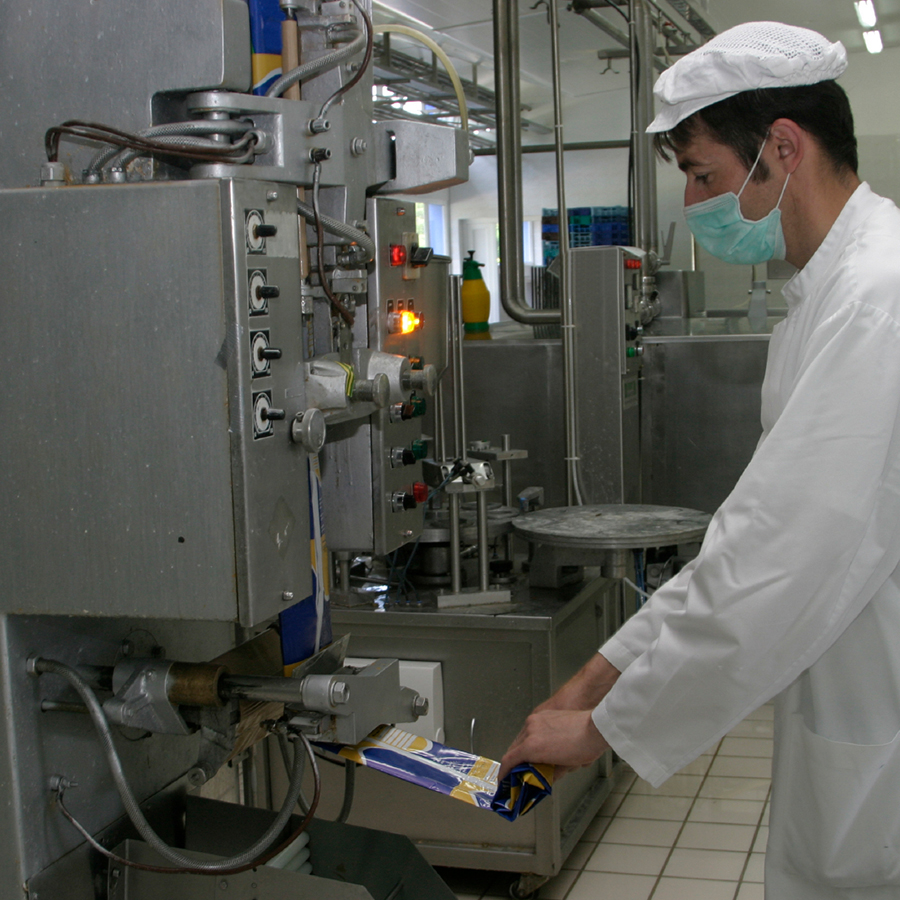In today’s markets and dynamic business environment, speed is a core advantage. Now is a good time to consider what speed means for your business and how your company could become faster, more responsive, and more agile.
The degree to which your company prioritises speed is reflected by your culture and management systems. How much does your culture value speed? Do your people think and work like speed is a priority? Do your management systems speed-up decision making and problem solving? Or do they slow them down?
Topics addressed in this article:
- Cultural characteristics that characterise companies that value speed.
- Ensuring everyone understands what the targets are, how they are measured and how much progress they are making.
- Identifying and removing roadblocks as quickly as possible, then figuring what to do to keep moving forward.
- The role of culture and a management system for engagement, problem solving and effective execution
At TBM Consulting we have prioritised “time-based management” since our founding nearly three decades ago. Markets seem more volatile and the rate of change seems faster than they did back then – a perception that we think mostly reflects the bias of hindsight – but there’s no doubt that the speed of communication has accelerated.
There’s some evidence—despite the impression that everything in modern life is speeding up—that the rate that work actually gets done is slowing down. It’s taking longer for some management teams to build consensus and make decisions. It takes longer to recruit and hire the best people. IT projects take more time from start to delivery. And despite sales automation, the buying cycle has gotten longer in many industries. Does that sound familiar? All of this makes prioritising speed and a speed mindset even more critical.
Companies that value speed share some common characteristics:
- They focus on a select few goals and metrics.
- Management exhibits a strong bias for action.
- They cultivate a management system that’s focused on the point of impact, and
- They solve problems faster and better than their competitors.
Here’s what prioritising speed could look like in your company. Read the full article to learn more.





